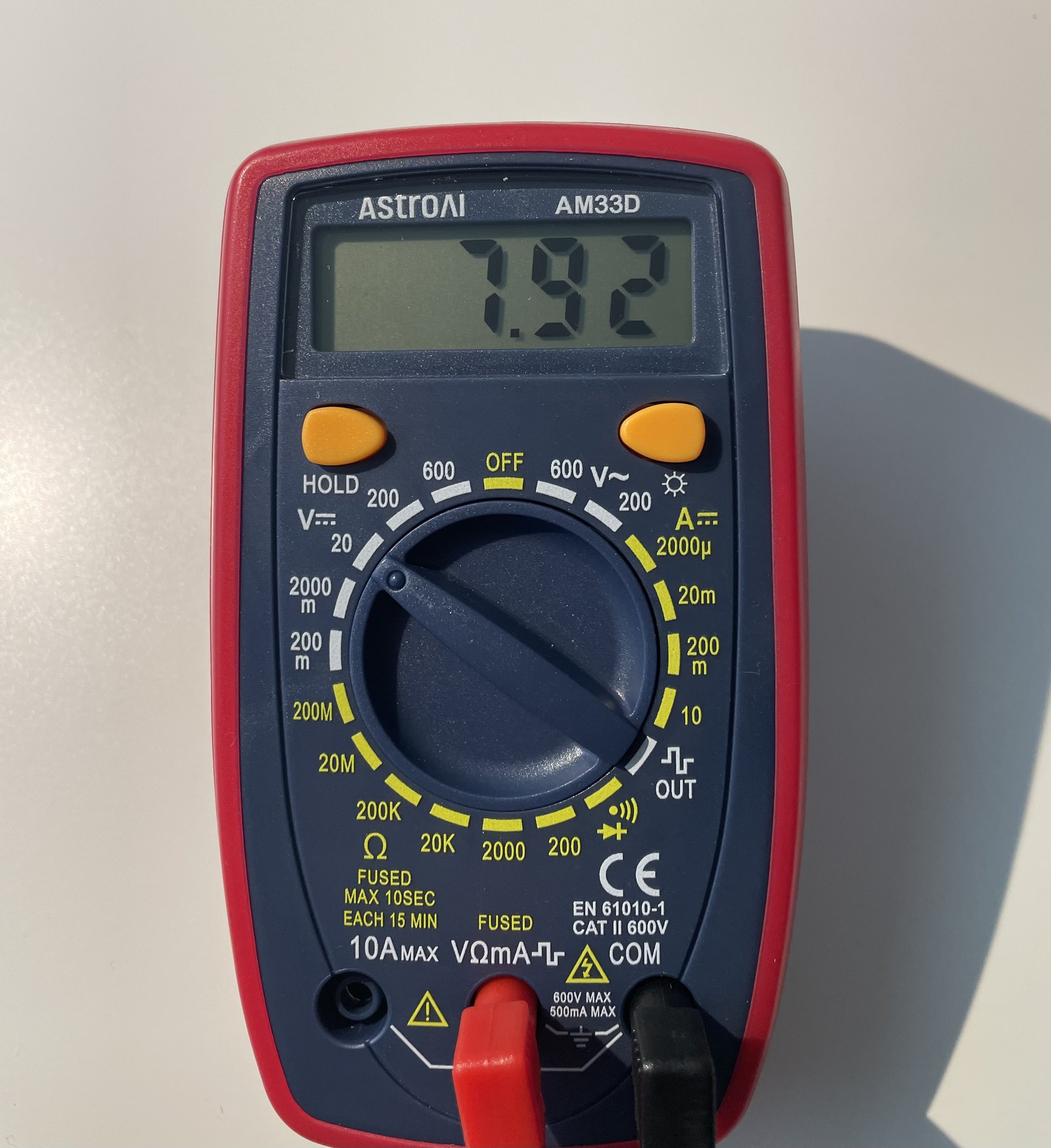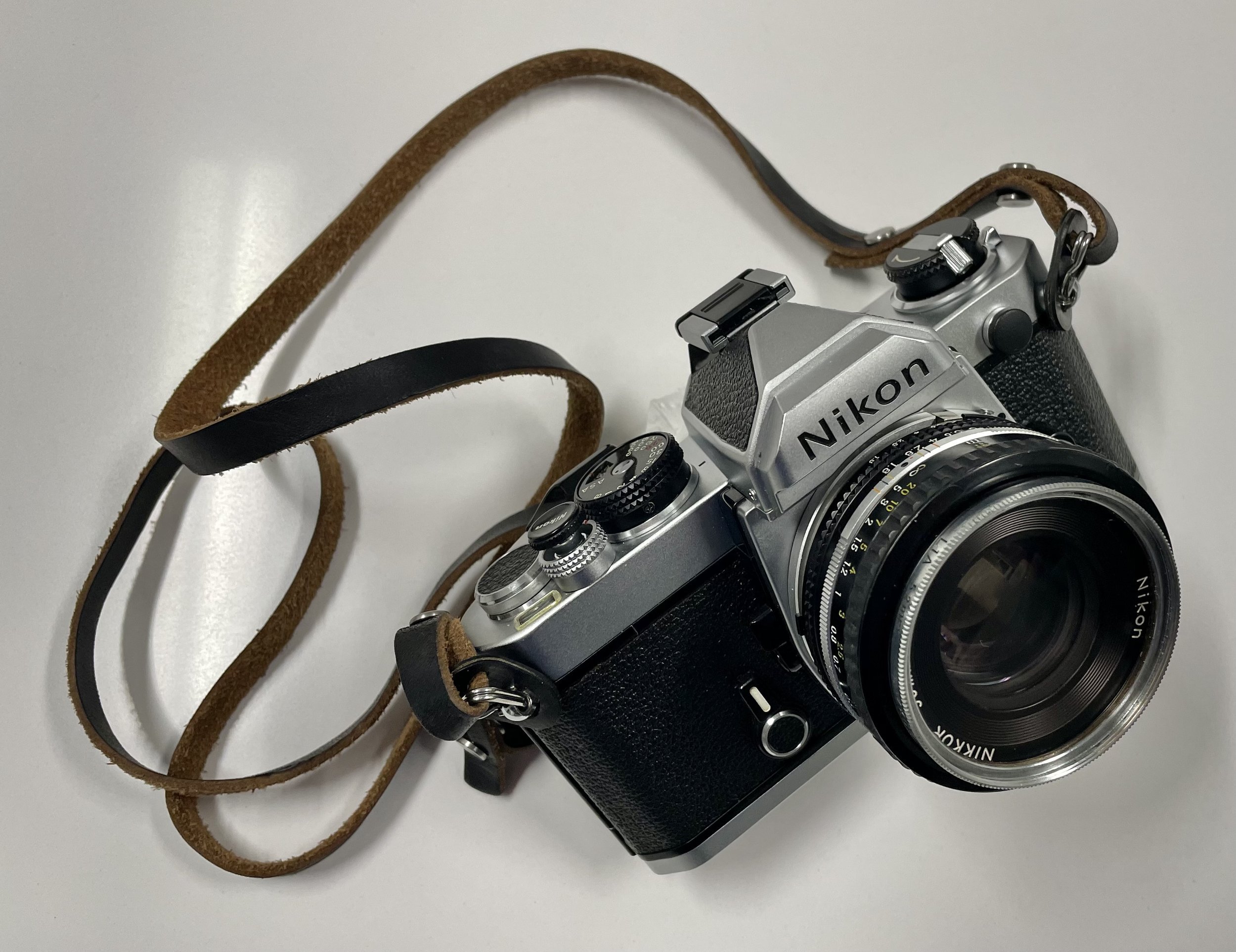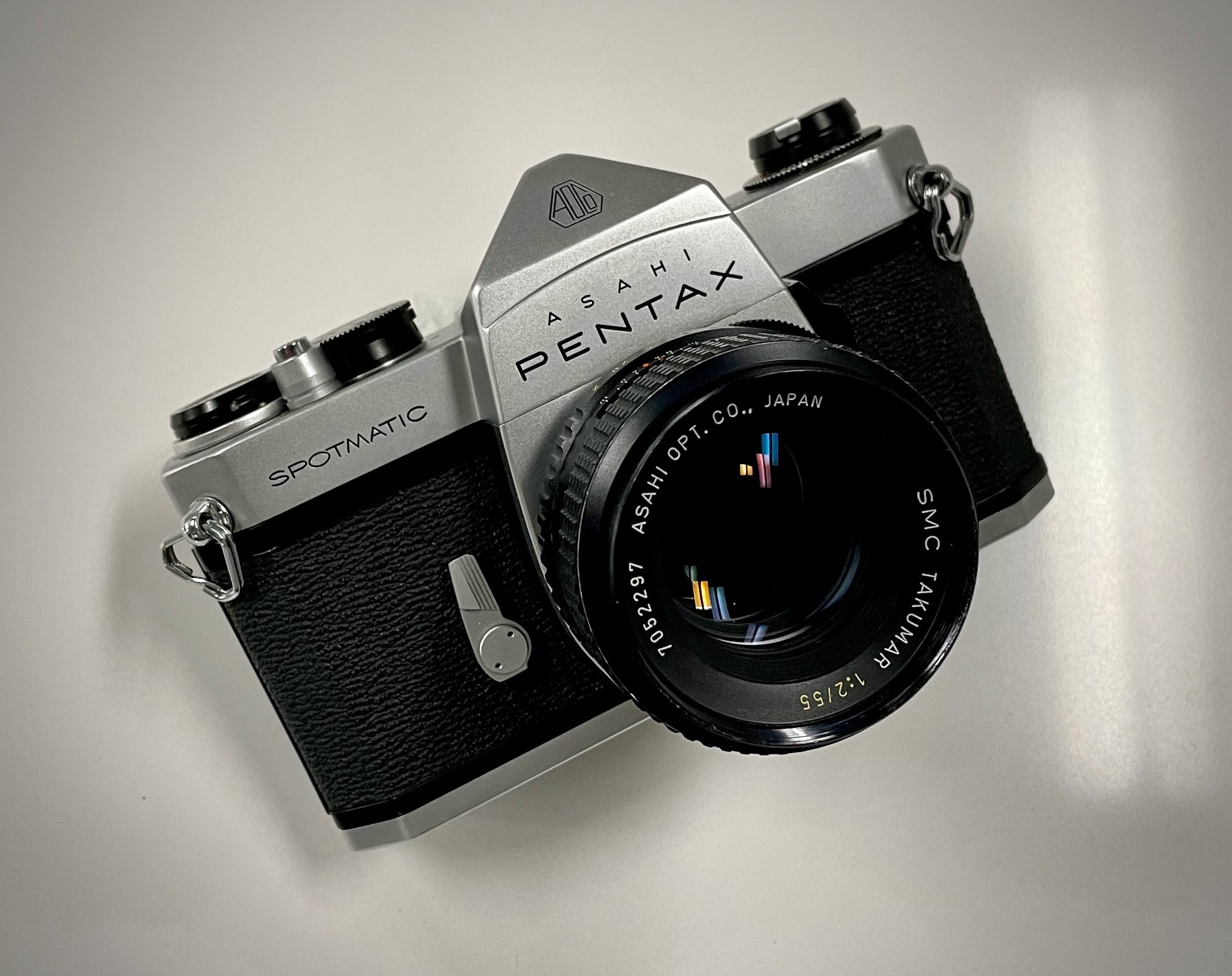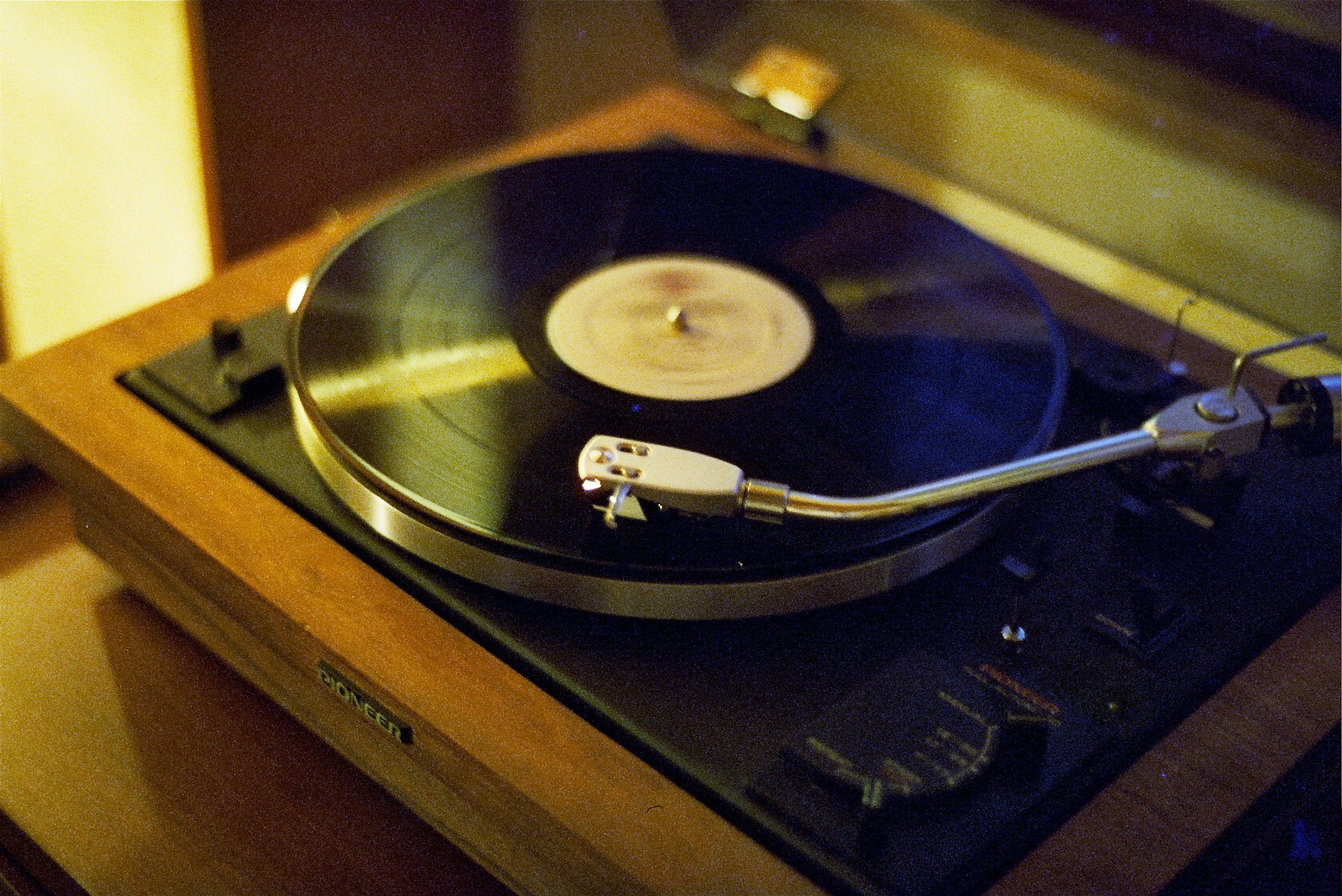To filter, or not to filter, that is the question.
I am a member of several vintage camera and general photography groups on Facebook and there are two “conversations” that always amuse me.
The first is around the subject of mechanical cameras that require no batteries and those that do. I am fascinated by the numbers of photographers who go on and on about how mechanical cameras that do not require batteries are so much better than those that require batteries for their shutters or metering. The standard line is that if you are out in the field shooting with a purely mechanical camera, you’ll never have to be concerned about not being able to take a photograph because your battery died. Honestly, I’ve been taking pictures with film cameras since 1975 and I have never had a battery give up on me while out shooting. And even if that happened, I always have a spare in my camera bag. I mean, how hard is it to carry around a little button cell battery? I pay far more attention to the battery level in my Fujifilm X-T1 or even in my iPhone than I ever have with any old film camera. But I digress.
The other Facebook interaction, which happens often whenever I post a picture of one of my cameras with a UV filter on the lens, are comments around my use of protective filters. “Please take that filter off of that lens!” Or, “Beautiful lens ruined by that filter—take it off now!” If I engage in any of these conversations, most of these people tell me how clear protective filters degrade the image quality or cause reflections. It is possible that adding another piece of glass in front of a lens might degrade the image quality in some barely perceptible way, but in all my years of photography, I’ve never noticed it or had any problems with reflections.
I take a great deal of care in finding nice examples of lenses for my cameras and feel that a clear protective filter is cheap protection for my investment. If I get dust on my filter, it’s easy to clean and I don’t worry about leaving cleaning marks on the front element of an expensive lens. I see so many otherwise fine old lenses for sale on eBay that have cleaning marks and scratches on them.
So, I use protective filters on my lenses. Do you?

































































































